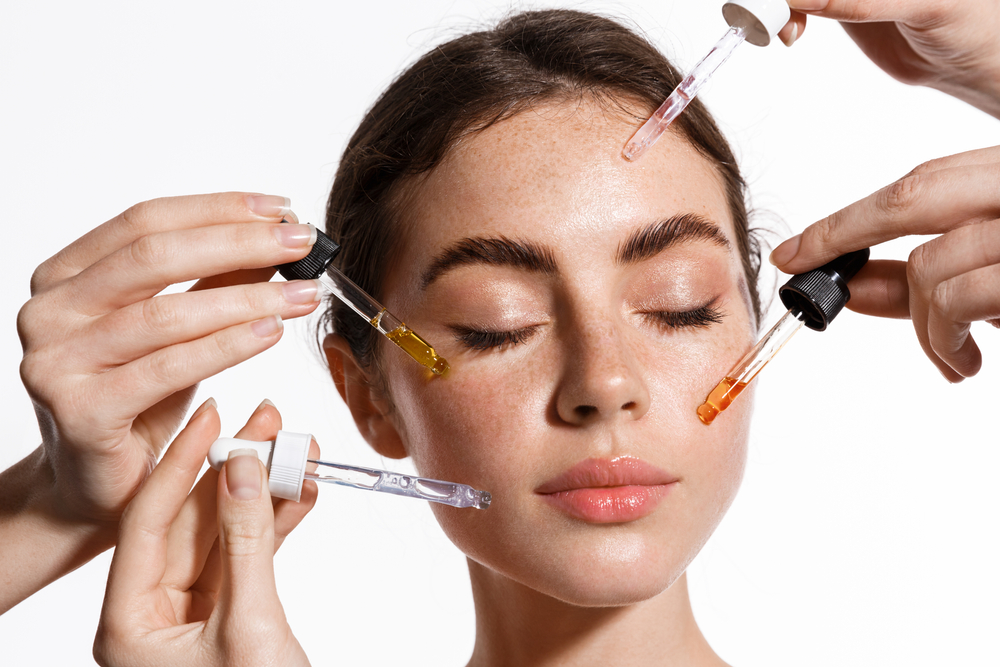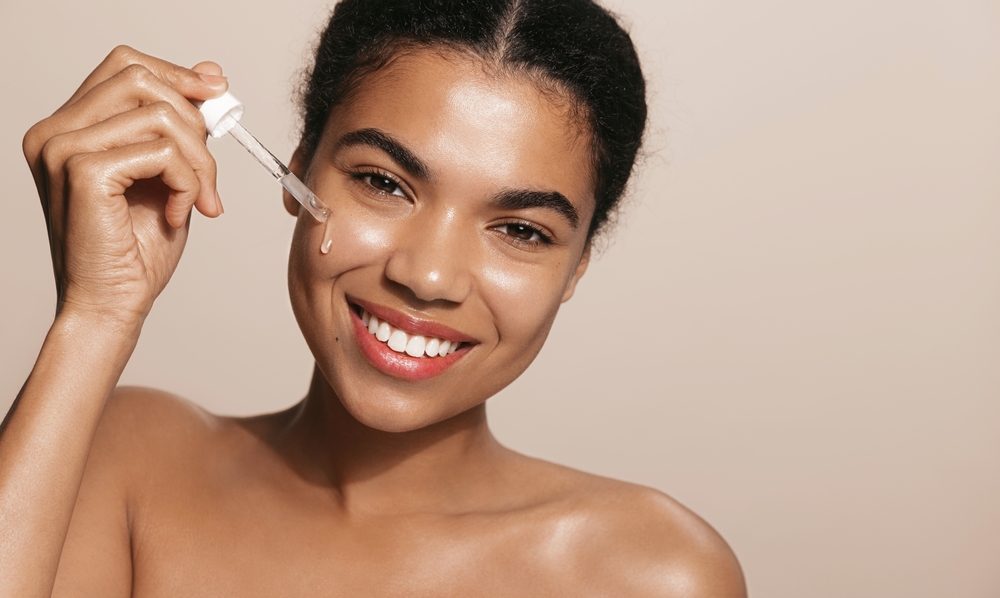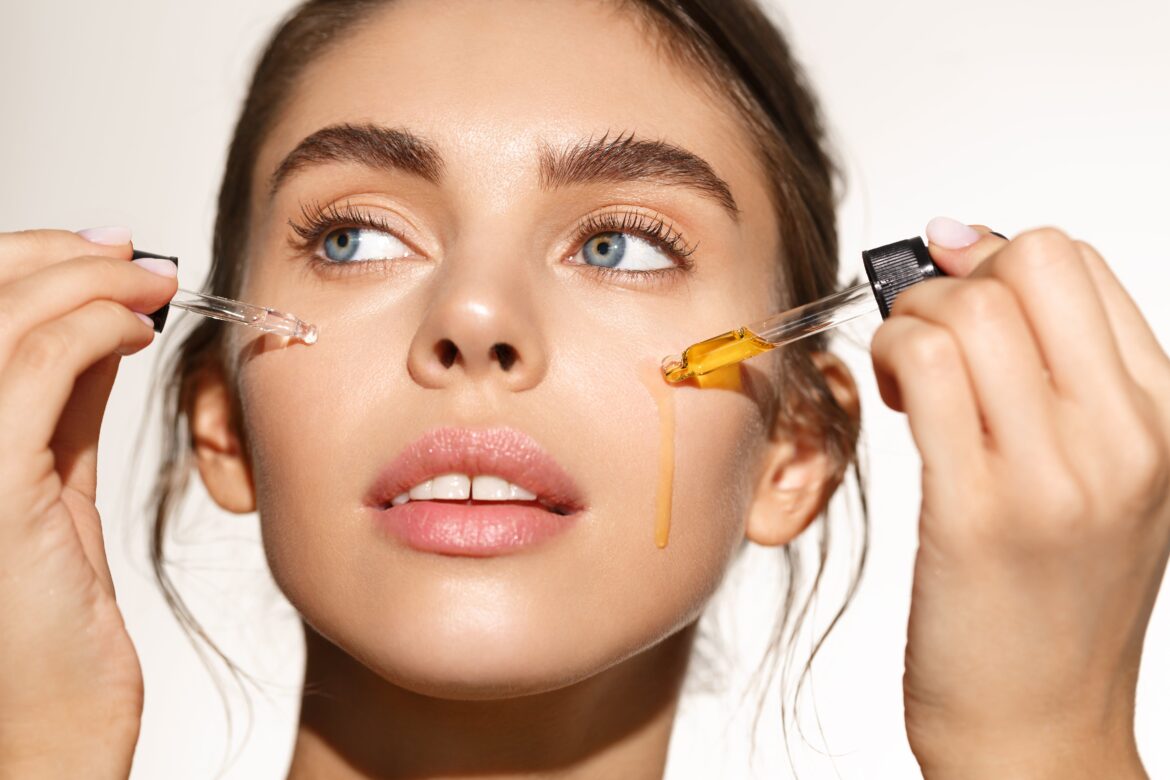Serums and facial oils tend to regularly lead to misunderstanding in the beauty industry, either because of their special consistency or perhaps because they fall outside the bounds of a fundamental skincare regimen. We’ve put together a guide to the distinctions between serum and oil to be of assistance. You’ll discover in the sections that follow how to use facial oil and serum both alone and together in your routine, as well as their advantages and purposes.
Face Oil Vs Face Serum

- Certain oils are now advertised as serums, which might be confounding. Simply put, a face oil’s primary function is to hydrate, protect, and nourish the skin, whereas a face serum focuses on a particular skin problem. Since serums have a more specialized application, they are often more expensive than oils.
- Serums frequently have a high concentration of chemicals, including antioxidants and anti-inflammatories, which have an impact on the way the skin operates. Their tiny molecules allow for full absorption, which provides several benefits like brightness, balance, and rejuvenation.
- Oils are made to keep the skin hydrated, restore the skin’s barrier, keep the skin supple, and provide a source of antioxidants, fatty acids, and vitamins while also protecting it from changes in the weather and temperature.
- Because of their thicker texture and emollient properties, oils must be massaged into the skin to help the skin become softer and smoother. When used as the last step in your skincare routine, they stop the serum from evaporating from the skin.
How To Use A Face Oil
- Use a tiny amount because a little bit can provide significant results. If you get breakouts or have oily/combination skin, cut back on the amount you’re applying. You’ll need fewer drops if your facial oil is 100% oil.
- To enhance skin absorption, massage the face and neck using this method. To keep skin moist, apply to damp skin.
- Use only after applying your toner, serum, or moisturizer because doing so will prevent the product from penetrating the skin.
- Apply this last in your routine because it acts as a barrier on the skin’s outer layer.
- Apply it in the evening to give your skin time to relax so that it can heal and protect itself while you sleep. You can also use one drop in the morning, especially on days when you don’t wear makeup so your skin can breathe.
How To Use A Face Serum
- To select a serum with the best ingredients, identify the skin issue.
- Before putting serum on a larger portion of the skin, test a tiny area with three to five drops.
- Apply after cleansing and toning but before applying moisturizer or oil because skincare is best applied from thinnest to thickest consistency.
- Since serums are typically water-based and have a more lightweight feel, push into the skin evenly rather than rubbing.
- The potency of most serums can be maintained by using them just once per day, either in the morning or the evening.

What to use?
- When the weather is dry and/or irritating, or all year round, a facial oil may be helpful. Face oils should be applied as the final stage of the skincare regimen after moisturizer because they are occlusive. Locking out the bad and locking in the positive is the idea.
- When incorporating face oil into their routine, people with peri-oral dermatitis or acne should use caution because face oils have the potential to make these conditions worse.
- Any routine can benefit from the use of serums. What serum is best for you will depend on your skincare requirements and preferences. Serums are intended to be used before moisturizers due to their lightweight.
- If necessary, they can also be used in conjunction with a face oil, with the moisturizer placed in between the serum and the face oil.
Serums and facial oils tend to regularly lead to misunderstanding in the beauty industry, either because of their special consistency or perhaps because they fall outside the bounds of a fundamental skincare regimen.

